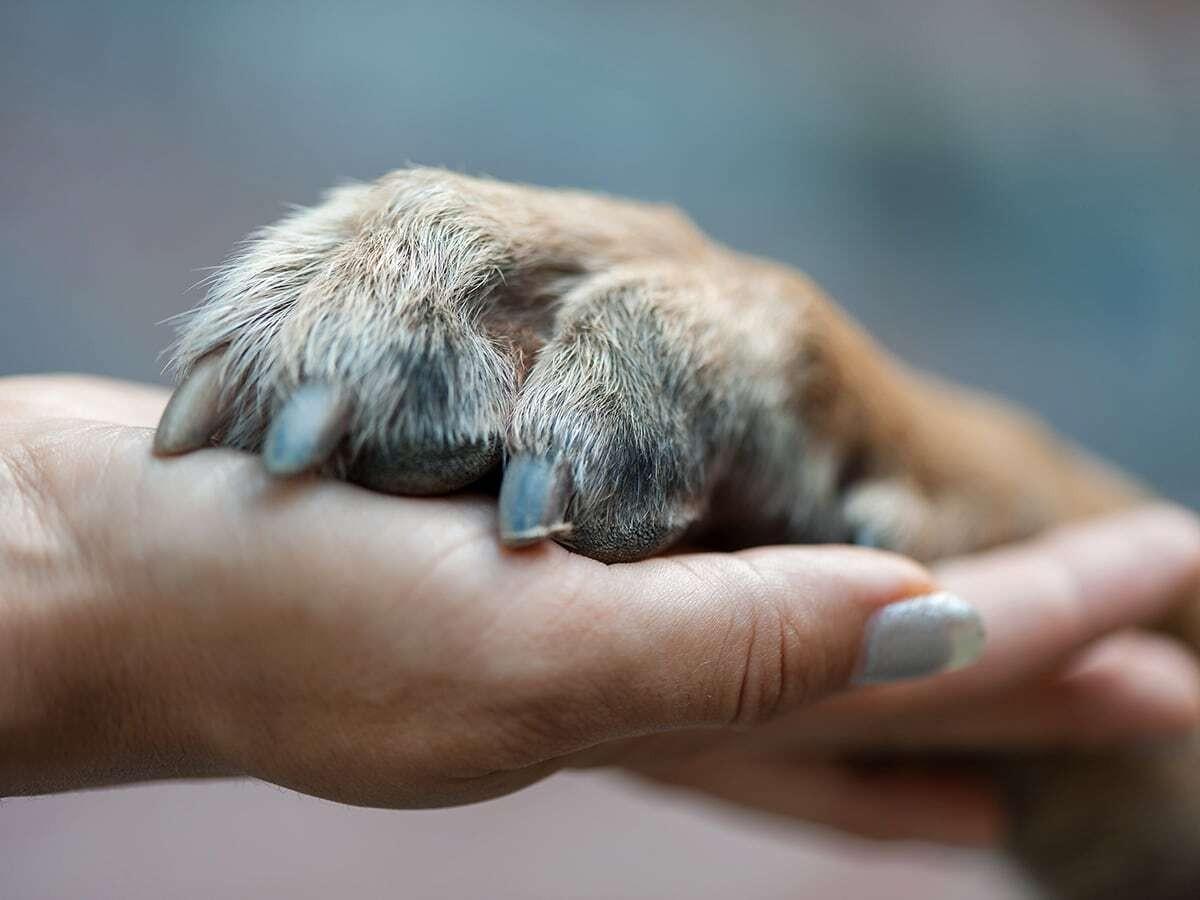Making the decision to say goodbye to a beloved pet is never easy. In fact, I often hear from pet parents that it’s the most difficult decision they have ever had to make. It’s a difficult and emotional time if you have a pet, and the decision to euthanize them is not one that should ever be taken lightly.
Euthanasia, also known as “a gentle death,” is a difficult but sometimes necessary and humane decision when a pet is facing advanced age, a terminal or painful illness or a poor quality of life. We will explore the process of pet euthanasia and provide a guide to help pet parents make the decision to say goodbye.
First and foremost, it’s critical to realize that euthanasia is not intended to end a pet’s life but rather relieve their terminal suffering. When a pet has a fatal illness or a chronic and painful condition that cannot be treated or managed, it is a compassionate and humane decision to free them of their suffering by helping them pass peacefully and painlessly through euthanasia. It is often referred to as a ‘gift’ that we can give our beloved pet who has given so much to us.
It is important to know that you are not alone in making this monumental decision. If you are unsure, even after discussing euthanasia with your family and friends, it is recommended to talk to your pet’s veterinarian. Your family veterinarian often understands best how your pet’s disease process will progress and how it affects their quality of life. They can provide guidance and support throughout the process to ensure that your pet’s final moments are peaceful and comfortable, helping you decide which symptoms to look for and when it’s time to say goodbye.
There are 3 main factors to consider when determining when it’s time.
Your pet’s disease process
Your pet’s disease and its progression is a major factor affecting the decision on whether it’s time. For example, a pet that has difficulty breathing due to heart failure will have a very different time frame urgency warranting euthanasia than a pet with progressive and debilitating arthritis.
If management and treatment does not help your pet’s quality of life, it may be time for euthanasia to avoid further suffering. Your pet’s veterinarian is best able to help you navigate and understand how your pet’s condition will progress, which signs to look for and when to consider euthanasia to avoid unnecessary suffering.
Your pet’s personality
This factor is sometimes overlooked when considering euthanasia but it can greatly affect a pet’s quality of life, especially if any potential treatments or disease conditions add to their anxiety or distress. For example, some dogs LOVE going to the vet’s office where they get spoiled by their nurses and staff. Meanwhile some dogs (and cats) make themselves sick just knowing that the car is going in the direction of the vet hospital.
Sometimes it may not be considered worth it to take a distressed pet to the vet hospital even if treatment meant a few additional weeks of life in some cases, Another example is a ‘self proclaimed’ family protector that suddenly cannot walk. These dogs lived their entire lives looking after their family and home and can become quite anguished when they can no longer do their ‘job’. In such cases, it may be considered humane to consider euthanasia to relieve them of mental suffering if treatments cannot help.
Your pet’s caregiver
Finally, the health of your pet’s primary caregiver should not be overlooked. Sometimes caring for an ill pet can create a profound emotional, physical or financial toll on the caregiver and can directly and negatively affect your pet’s quality of life. For example, an elderly cat suffering dementia may pull away and no longer desire affection. This may cause emotional distress for an owner which can lead to decreased interaction with the pet. Or a larger pet that has a progressively difficult time ambulating and becomes fecally incontinent may be relegated to the outdoors instead of indoors. These situations are not uncommon and can strain the human-animal bond. If medical treatment and environmental changes cannot alleviate the strain, it may be time to consider euthanasia.
Under no circumstances should euthanasia be considered lightly. But once the decision is made to euthanize a pet, there are two main options to consider in most cases: at-home euthanasia or euthanasia at a veterinary clinic. Both options have their own unique benefits and should be considered based on the pet’s needs and the pet parent’s preferences
At-home euthanasia
At-Home euthanasia allows pets to be surrounded by familiar sights, smells and people which can provide comfort and a sense of security during the process. Many pets are anxious or distressed in an unfamiliar environment, and the last thing pet parents want is for their furry friend to feel scared or uncomfortable in their final moments.
When euthanasia is performed at home, the pet is in a familiar environment where it feels safe and comfortable. It also allows the pet parent, other family members and other pets the opportunity to be a part of the process, and can help provide closure and peace during this difficult time. It is important to ask your vet for referrals to any vets that offer this special service as not all vets are comfortable and experienced in providing at-home euthanasia.
Euthanasia at a veterinary clinic
Euthanasia at a veterinary clinic is another option that allows for a peaceful and painless end to a pet’s life. The process is done in a clinical setting where your veterinarian will ensure that your pet’s final moments are as peaceful and comfortable as possible. This option is a good choice for pet parents who would like their family vet, who their pet has been seeing for many years, to help their pet pass peacefully in the clinic.
After the euthanasia process has taken place, pet parents have several options for the care of their pet’s remains, sometimes called Aftercare. Choice of aftercare is a deeply personal choice and regardless of which you choose, your vet can help you arrange to carry out your wishes for aftercare. These options include:
Private or Individual Cremation–where your pet is individually cremated and you receive only your pet’s ashes.
Communal or Group Cremation–where your pet is cremated with other pets and thus you will not receive their ashes back. This is typically a less costly option
Burial–with this option, unless you choose to bury at designated pet burial grounds, must comply with all local rules and regulations.
We vets often hear that the decision to euthanize is the most difficult decision an owner will ever have to make as a pet parent. We as vets have had to make this agonizing decision ourselves and so we will help support you in this process and help you give your beloved pet a peaceful passing after a life well loved.
–By Dr. Karen Whala, Co-founder of CodaPet
About the Author
Dr. Karen Whala is the founder of Peaceful Passing, a service that provides in-home euthanasia for dogs (over 30 lbs) and cats in the Fresno and Clovis areas. She started Peaceful Passing in 2018 after recognizing the need for a more compassionate approach to end-of-life care for pets. Dr. Whala believes that pets experience less stress and anxiety when they are allowed to pass away in a familiar environment, surrounded by their loved ones.

Dr. Karen Whala, founder of Peaceful Passing (2018), is certified in in-home euthanasia, Fear Free, and AAHA Accredited End-of-Life. Passionate about helping veterinarians offer IHE, she co-founded CodaPet to expand nationally.












